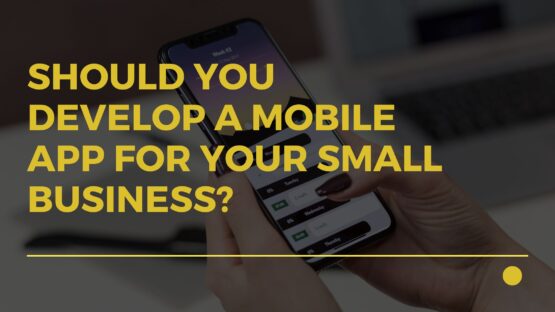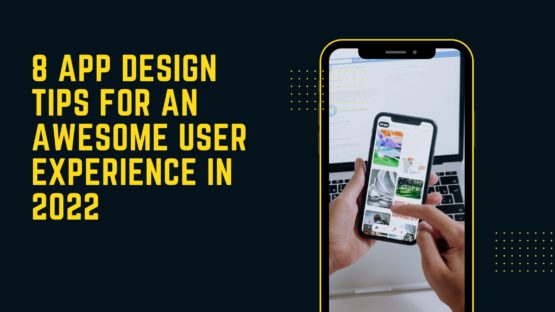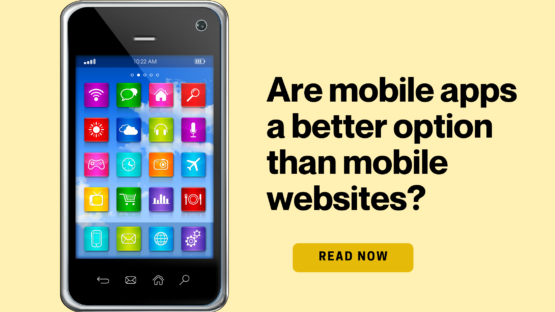Progressive Web Apps (PWAs) are considered the new buzz of the business world. It’s a unique concept that acts as a bridge between mobile apps and the website. They promise a host of good things ranging from improved speed to an improved performance to even supporting offline functionalities.
Progressive web apps have also given businesses an increase in retention and conversion rates. So you see the number of upsides are quite high. It has in fact in fact revolutionized the business growth. But how can your company benefit from PWAs in 2021? Here are a few points recommended by a professional web development company in Colombia.

- Progressive web apps have an offline mode of functionality
In certain circumstances, websites are limited when it comes to internet connectivity. Without internet connectivity, many websites fail to function properly on mobile devices.
On other hand, mobile apps are usually self-contained. Meaning users are allowed to browse on the app even if they aren’t online. This greatly increases the availability and engagement rate of users.
Now the question is how does the PWAs function in an offline mode?
The basic principle is too simple. It works by saving information accessed by the visitor. In simpler words, it can be said that the pages visited by the visitors are available at all times, even without internet connectivity.
There’s another interesting feature of PWAs. If any user has not visited a specific page in the past and has actually browsed it “offline” on PWA, it’s possible to show him/her a custom offline page.
That page can appear to be complete with a brand logo at the top, a little bit of more information here and there and so on. From the perspective of digital marketing, that information is priceless.

- The PWA works like a website with the feeling of an app
Progressive web apps are often designed to work like a mobile app. This allows users to operate in familiar settings, the ones they are fully accustomed with. Hence, they feel completely at ease at the time of access.
Similar to websites, progressive web apps can be accessed through URLs. Thus, they become indexable by search engines. Meaning, it’s perfectly possible to find the PWA optimized pages on Bing and Google.
Depending on your company project, you can design PWAs to have the exact look and feel of an existing corporate app or website. Or you can purposely make them different. It’s even possible to integrate a PWA into an existing app/website structure.

- Progressive Web apps can give you a significant increase in performance
PWAs work faster due to the way their underlying technology caches and serves content in the form of text, images, stylesheets etc. to the website.
Increased speed obviously lead to an improved performance and user experience resulting in increased user retention rates. This priceless feature of PWAs adds a significant weight of PWAs from the sales point of view.
- Fast installation on devices
This is another interesting feature of PWAs where you’ll notice several browsers automatically requesting users to install PWAs for improved performance on their devices when they are visiting a specific website.
This “call to action” plan related to progressive web apps implemented by the browsers themselves build up credibility and adds values in terms of reliability and authority.

In comparison to mobile apps, when users go ahead with the installation PWAs on their devices, they aren’t routed to Google Play or the Apple app stores. Instead, they can download them directly from the link itself thereby saving them both time and money (data).
So naturally, like I said before PWAs work like a normal website. It just has the feeling of an app.
- Push Notifications
PWAs have the option to implement several device specific hardware features. One such example is “push notifications.”
All publishers and developers have full control over the ways they want to use this feature ranging from providing creative solutions to marketing new content.
This feature is particularly beneficial for the e-commerce market. Push notifications are usually read more often on mobile devices than newsletters and emails. Thus, they get a huge boost from the marketing point of view.

Before signing off, I would like also like to point out a few things that you should be aware of before you go for PWAs. Nothing in this world comes with only pros. There are bound to be some cons included somewhere probably hidden from the naked eyes. Here are a few cons that come with PWAs:
- No universal support.
- Not all browsers support PWAs. (Opera and Google Chrome supports PWAs; not the rest).
- There’s no entry of PWAs in app stores.
- Limited hardware support.
So what do you reckon? Should you go for it? Balance out the pros with the cons and then take your decision wisely. You must remember that PWAs are going to be the next big thing in the business world. In fact, they are the present – not the future anymore. Ciao!




